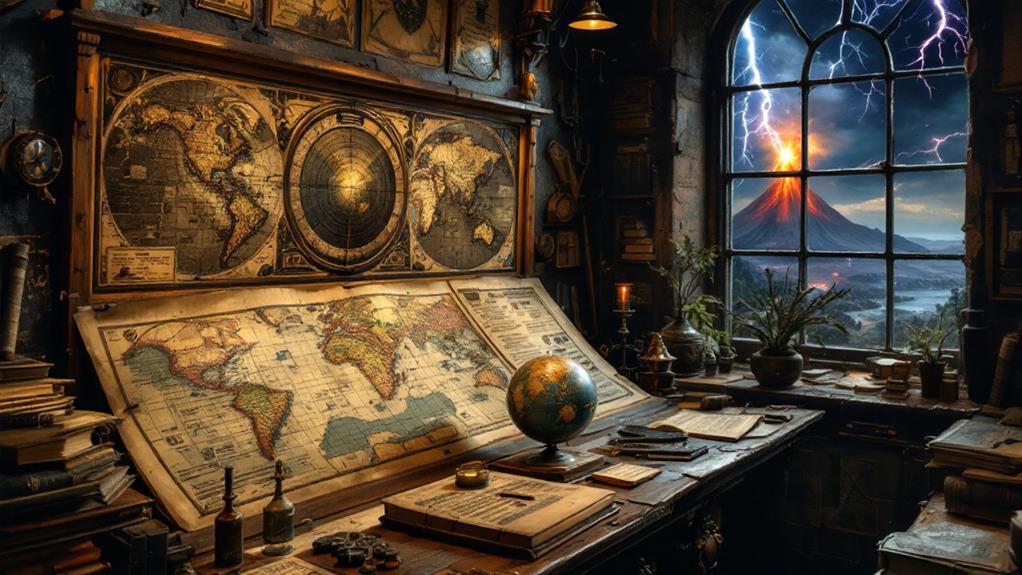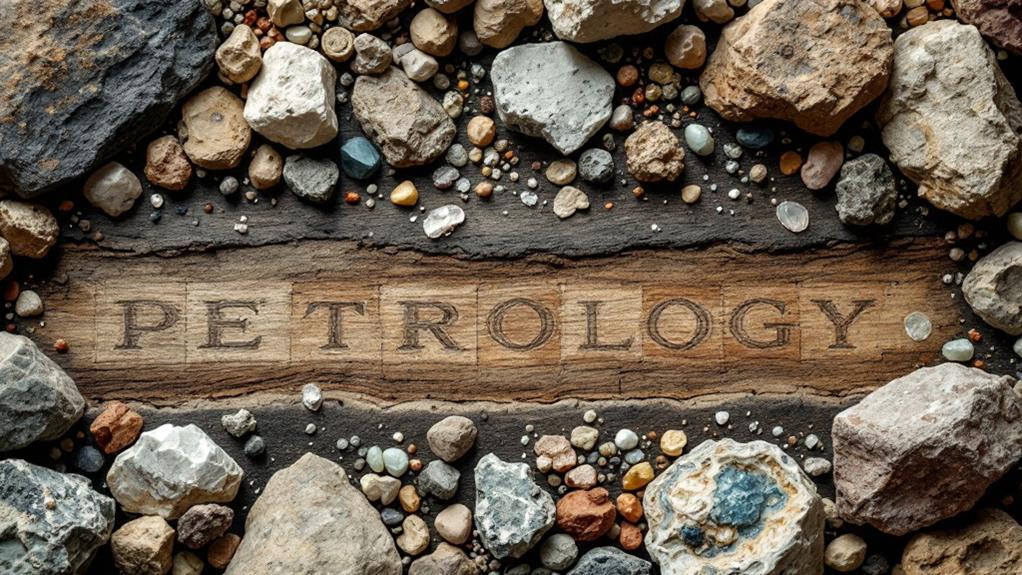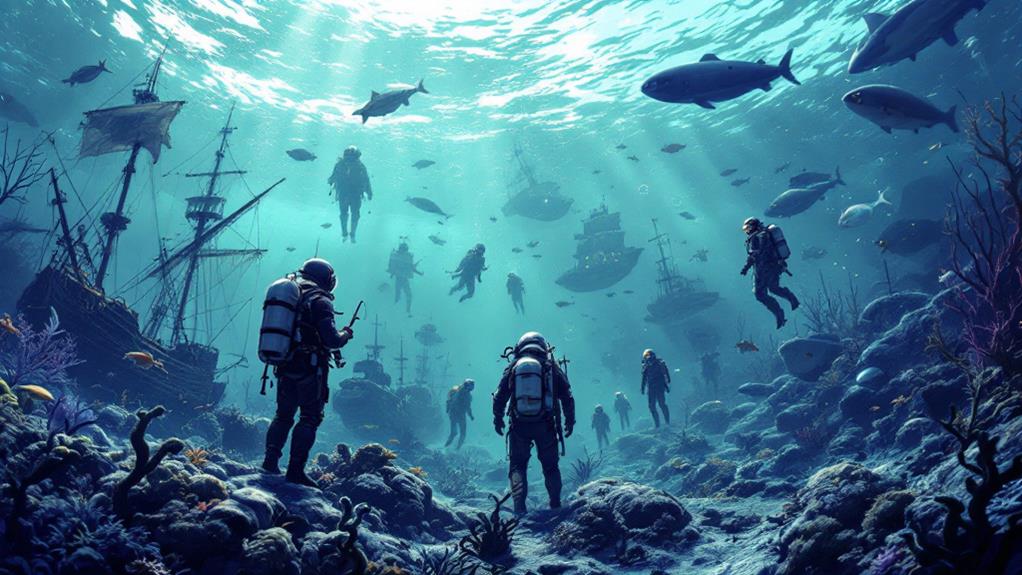The History of Paleontology: Uncovering the Fossilized Past
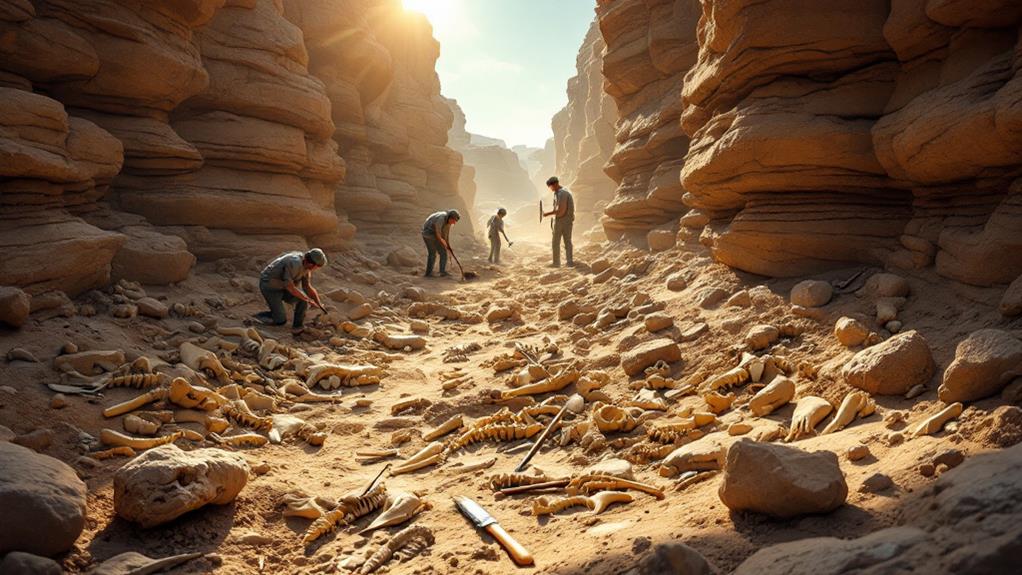
When you investigate the history of paleontology, you traverse from ancient myths to modern science. Early interpretations saw fossils as remnants of mythical beasts like dragons. In the late 18th century, figures like Georges Cuvier began systematically classifying fossils, introducing the concept of extinction. Revelations of dinosaurs transformed our understanding of prehistoric life, while advances in dating techniques, such as radiometric dating, have improved accuracy. Today, digital technology opens up virtual museums and fosters global collaboration, redefining how you interact with fossils. There's much more to unveil about how these ancient echoes continue to shape our view of Earth's past.
Early Interpretations of Fossils
For centuries, humans have stumbled upon strange rock formations and peculiar shapes embedded in stone, often leading to imaginative interpretations of these mysterious objects. You might have found yourself intrigued by how these ancient relics were perceived before science illuminated their true nature. Fossil myths flourished as people tried to make sense of these oddities. Many ancient cultures believed fossils were remnants of creatures from mythological tales, like dragons or giants, that once roamed the Earth.
In ancient Greece, fossils were often linked to the gods and legendary heroes. You could've imagined how large bones might've been seen as evidence of the Cyclopes or other mythical beings. Likewise, in China, the unearthing of large fossilized bones led to the belief in the existence of dragons, creatures deeply embedded in their folklore. These ancient beliefs gave rise to stories that explained the natural world in fantastical ways.
As you investigate these interpretations, you'll see how they reveal the human desire to understand our surroundings. Before modern science, these fossil myths provided a bridge between the known and unknown, sparking curiosity and wonder in cultures across the globe.
The Birth of Modern Paleontology
As you move from mythical interpretations of fossils to a more scientific understanding, you'll witness the dawn of modern paleontology. This transformative phase began in the late 18th and early 19th centuries, where the systematic study of fossils took shape. You see scientists like Georges Cuvier laying the groundwork for fossil classification, which helped differentiate between species and track evolutionary changes. Cuvier's work was crucial, as he introduced the concept of extinction, challenging the belief that all species were eternal.
During this time, you also notice the importance of geological context in paleontological studies. William Smith, known as the "Father of English Geology," demonstrated how fossil layers corresponded to geological strata, illustrating that Earth's history was recorded in these layers. By mapping the strata, Smith provided a timeline for when certain organisms lived, further advancing the field.
As fossil classification and geological context evolved, these tools allowed scientists to reconstruct past environments and ecosystems. It became clear that rocks and fossils weren't just relics but keys to revealing Earth's ancient past. This phase marked the birth of modern paleontology, setting the stage for future revelations and insights.
Dinosaur Discoveries and Impact
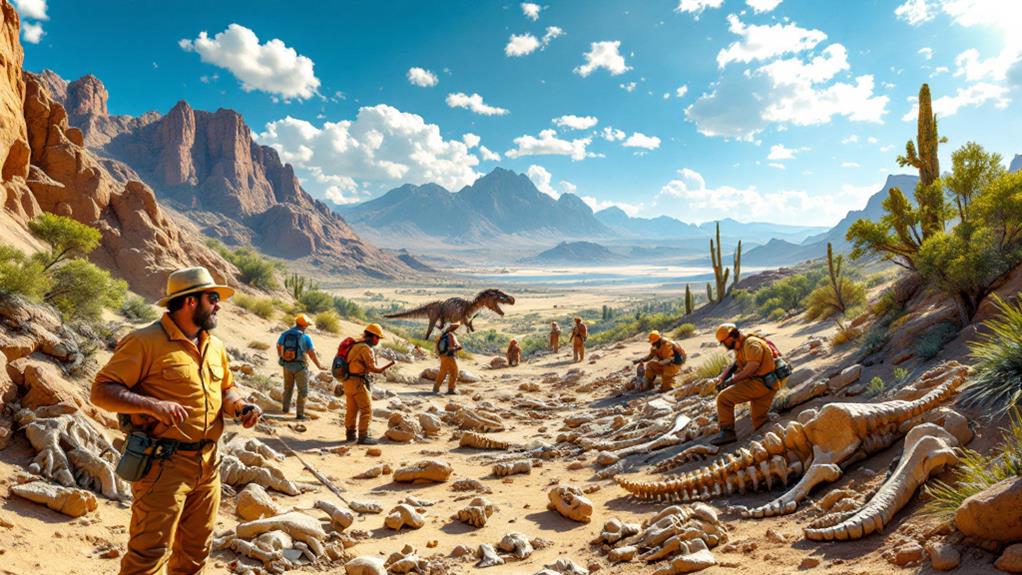
The uncovering of dinosaurs captured the imagination of scientists and the public alike, transforming our understanding of prehistoric life. As you explore the world of dinosaur finds, you'll find that each new dinosaur species unearthed adds a piece to the intricate puzzle of Earth's ancient past. The allure of fossil evidence offers glimpses into the astonishing variety of creatures that once roamed prehistoric ecosystems, from the towering Tyrannosaurus rex to the swift Velociraptor.
You'll notice that public fascination with dinosaurs extends beyond natural history museums. These magnificent creatures have become cultural icons, sparking interest across generations. But the excitement surrounding dinosaur discoveries also fuels scientific debates. Experts analyze fossil evidence to develop and challenge extinction theories, exploring why these once-dominant species vanished around 66 million years ago.
In your exploration, you'll witness how new findings continuously reshape our perception of these ancient giants and their environments. As scientists reveal more fossils, they paint a vivid picture of complex prehistoric ecosystems that thrived millions of years ago. The impact of dinosaur discoveries lies in their ability to inspire curiosity and expand our understanding of life's history on Earth.
Advances in Fossil Dating Techniques
With each passing year, breakthroughs in fossil dating techniques bring us closer to accurately piecing together Earth's ancient timeline. You can now investigate these periods in history with greater precision thanks to advanced methods like radiometric dating, which measures the decay of radioactive isotopes to determine a fossil's era. This technique has transformed our understanding of geological time scales.
Stratigraphic correlation and biostratigraphic methods allow you to compare the layers of rock and fossil content across different regions, helping to establish a more consistent timeline. By examining fossil assemblages within these layers, you gain a clearer picture of the chronological sequence of events that shaped our planet.
Molecular techniques offer another layer of insight, analyzing the DNA remnants within fossils to provide a genetic perspective on evolutionary timelines. Meanwhile, isotopic analysis helps you determine past environmental conditions by studying the isotopic signatures in fossilized remains.
Cross dating methods, which compare different dating approaches, guarantee the reliability and accuracy of your findings. By using these techniques in tandem, you achieve a more thorough understanding of Earth's history and the life forms that once thrived here. Each method complements the others, making your investigation of the past more precise.
Paleontology in the Digital Age
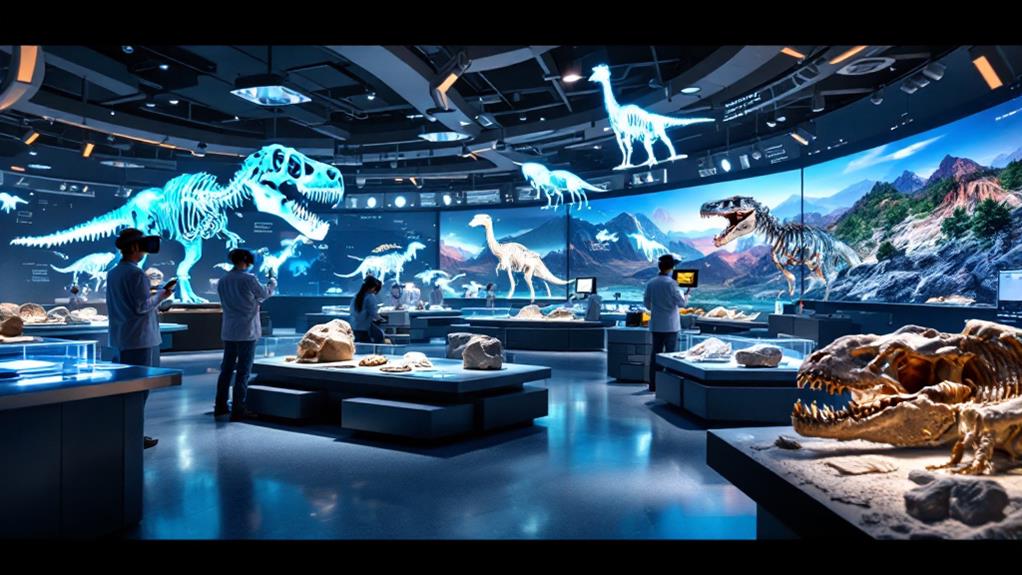
Embracing digital technology has transformed how you study fossils in the information age. With digital tools at your fingertips, you can investigate ancient life in ways that were unimaginable just a few decades ago. Virtual museums allow you to tour global fossil collections from the comfort of your home. You can examine detailed 3D models of your favorite dinosaur bones, offering a closer look than traditional glass cases ever could.
The power of data analysis has revealed insights into paleontological mysteries, helping you piece together the puzzle of Earth's history. Online collaboration means you can now work with scientists across the globe in real-time, sharing findings and theories instantaneously. Even as a non-professional, you can contribute through citizen science projects, making revelations that could change the field.
Consider these digital advancements:
- Virtual museums: Access collections worldwide, anytime.
- 3D modeling: Examine fossils in intricate detail.
- Social media: Connect with enthusiasts and experts alike.
- Educational resources: Learn through interactive platforms.
These innovations not only improve your understanding but also democratize paleontology, inviting everyone to participate and learn. Digital technology bridges the gap between past and present, bringing ancient worlds to life.
